The Perfume of Chypre:
Because, dating back nearly a century, Chypre perfumes have been highly celebrated in perfumery for their great elegance and sophistication. Named after the French word referring to Cyprus, Chypre perfumes reveal an explicit mix of earthy, mossy, and citrusy elements that one becomes reminiscent of the Mediterranean landscape.
This family of fragrance has survived the test of time and turns into one of the most widely acclaimed and distinctive perfume genres in the world. We are going to write about what Chypre perfume is, how it was born, its basic components, and why it gains so much love among perfumers across the globe.
What is Chypre Perfume
At the core of a Chypre perfume is an evolutionary arrangement within which contrasts are balanced. Often that begins with a bright citrus top note, then flows through floral and woody middle notes, anchored down at the bottom with oakmoss, patchouli, and the earthy beauty of labdanum. Bright and dark, fresh and warm, combine in this mysterious, long-lasting scent.
One prime example of this complex blend is the chypre mousse perfume, which masterfully incorporates these elements, creating a rich, nature-inspired fragrance that exudes both elegance and depth.

The Classic Chypre perfume is distinguished by
Top: Bergamot, lemon, or orange is very often where this citrusy fresh scent starts.
Middle: This middle note develops and gives a softness to a perfumery, if preceded by jasmine, rose, or peach.
Base: The earthy base defines aspects of chypre, with oakmoss, patchouli, and labdanum taking the deep, mossy, resinous, quality.
It is just this contrast that makes Chypre perfumes so interesting – the initially bright florals will fade into something darker, more mysterious with time, an unfolding scent experience.
Brief History of Chypre Perfumes
The oldest is the Chypre category, which is founded on ancient grounds. Cyrpus was a Mediterranean island known for its perfumed materials; these included labdanum, a resin extracted from the Cistus shrub and various herbs, to prepare perfumes and incense that circulated the ancient world.
However, the contemporary classification of Chypre as a genre of fragrance emerged at the time when in 1917 François Coty unveiled the famous perfume “Chypre.” Koty’s innovation included this classical material that had lately started characterizing Cyprus but blended it into new ideas to produce an excellent revolutionary scent. Coty’s Chypre patterned a whole line of perfumes which inspired thousands of others.
Now, though Coty no longer manufactures the original Chypre, it instigated the creation of many legendary Chypre fragrances. Among them are Guerlain’s Mitsouko of 1919, Chanel’s Cristalle of 1974, and Miss Dior of 1947.
And these, as well, followed the Coty template, but distinction comes in how they vary their rendition of these elements, but still link up with the lead citrus over flower over mossy.
Bergamot: This is the classic zesty, uplifting top note so frequently used in Chypre fragrances and what gives that citrusy sparkle when contrasted to deeper heavier base notes.
Oakmoss: This is the backbone of the Chypre genre. Oakmoss possesses an earthy, mossy, light leathery scent that grounds the perfume, providing it with richness and longevity.
Patchouli: Smoky, spicy woody, Patchouli deepens the scent even further and underpins the base with the mossy accord.
Labdanum: Resin from the Greek plant of rockrose imparts warm, ambery undertones to the Chypre perfumes, thus giving it a resinous, slightly sweet finish.
Jasmine or Rose: Delicate florals like jasmine and rose to soften this composition as well as brush off the touch of femininity in this perfume’s heart.
Cistus: ancient plant from Cyprus imparting their balsamic and resinous properties to add this mellow dry down to the fragrance.
Why Chypre Perfumes Never Go Out of Date
Beauty is made complicated. Overlapping layers ensure that a fragrance will never be finished but instead, keep on developing on the skin – dynamic and long. Citrus notes begin to fade, allowing the floral center to surface, then once again step back to give way to the earthy, rich base.
This cycle conjures up depth and intrigue to Chypre fragrances that are more than a flash in the pan of a perfume experience.
Chypres are rather versatile. Their fragrances let the wearer use them throughout the whole year as a scent for any occasion. From Chypre, some tip to the side of floral-fresh while others have more woods, darkness in them-perfect for day and evening wear.
Another reason why Chypre perfumes are still popular is because of the subtle combination of elements which were, by convention, feminine, masculine, or whatever. Conventional Chypres perfumes are not a gender as both men and women loved their refreshing freshness and smokiness.
This has allowed Chypre perfumes to bypass trends and, more importantly, to introduce the perfume to future generations.
Top Classic Chypre Fragrances
Guerlain Mitsouko (1919): Mitsouko is one of the most famous Chypres: it combines peach, jasmine, and oakmoss. This is a rather more lusciously sweet but curiously formless take on the Chypre structure, however, while the mossy base retains all its mysterious character.
Miss Dior 1947: The sublime scents by Dior do not evoke memory or the classics. However, of all those vintages, the one I found most delightful is Miss Dior, much more floral than most Chypres and built around jasmine and rose but supported on the traditional oakmoss and patchouli. Good old-fashioned choice for those who want a feminine Chypre classy yet elegant.
Chanel Cristalle: All the more a modern, fresh take on a subgenre of the Chypre, but while lemon and bergamot carry across, it takes them with the green, fresh base of oakmoss and vetiver-it’s a lighter, more sparkling take on Chypre for warm weather.
Amouage Jubilation XXV, 2007. This line from the prestige perfume house Amouage is something on which not a lot of dispensers are bestowed. Chypre, comprising blackberry, frankincense, myrrh, and oakmoss, this is rich and sumptuous Chypre. Modern interpretations indeed in this genre allow for darker, more exotic chord aspects.
Though very popular it has also been reinterpreted by modern perfumers who combine it with other fragrance families or test new materials. Many modern Chypre have therefore softened the base on oakmoss or added fruity/gourmand notes in the quest to please modern taste buds.
For instance, Narciso Rodriguez For Her upholds the Chypre structure but now writes a cream and musk base that is indulgent and richly gives the fragrance. Another modern chypre is Noir de Noir by Tom Ford, where earthy patchouli is combined with rose rich in its velvety texture and gives one a luxurious and bold perfume.
Conclusion: The Longlasting Attraction of Chypre Perfumes
Perfumes from the Chypre genre are an indication of contrasts: brightness and darkness, freshness and earthiness, masculinity and femininity. Such an ageless construction has enabled it to be a part of the perfumery world for more than a hundred years. From such old-time Chypres by Guerlain and Dior to the recent remixes in the hands of modern niche perfumers, the flow of its development continues without losing much of that somber attraction characteristic of Chypre.
If one seeks a perfume to wear on the skin, then – and thus to express freshness and depth at the same time – a perfume of the style of Chypre would probably be just what one needs. It perfectly fits fans of its history, complexity, or pure elegance. There must be something in the noses of the family of Chypres for everyone.
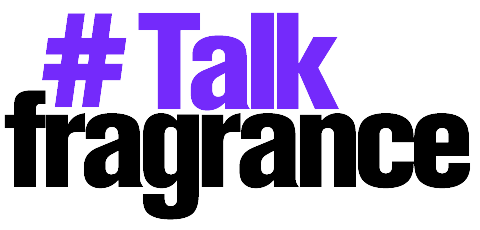

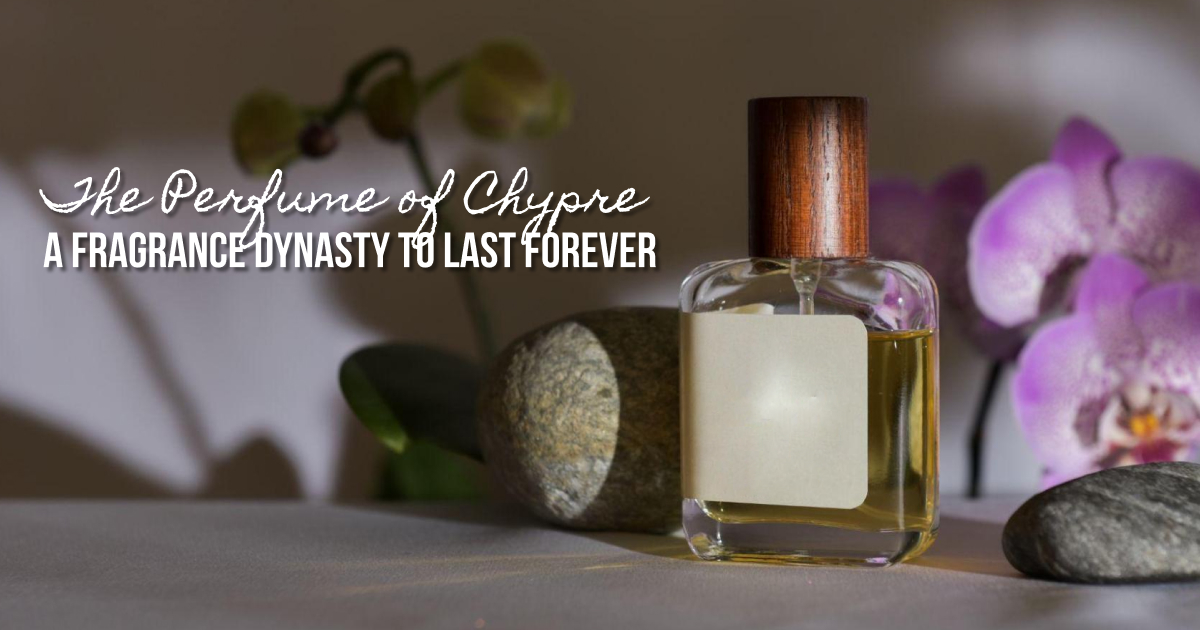
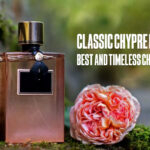
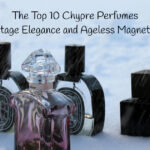





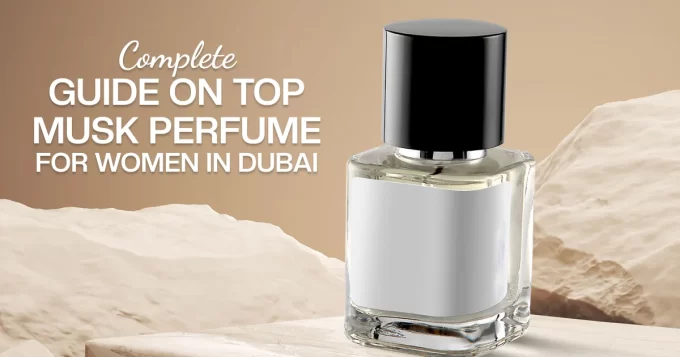
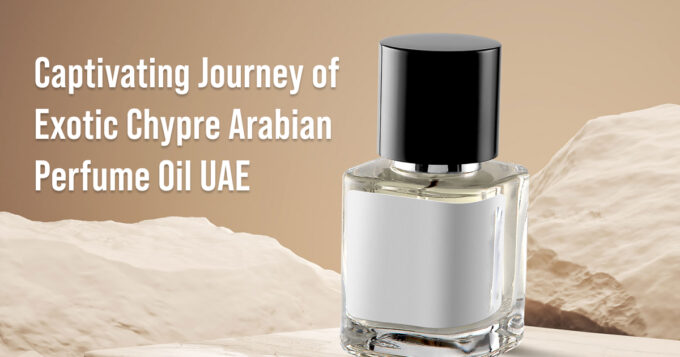

Comments are closed.